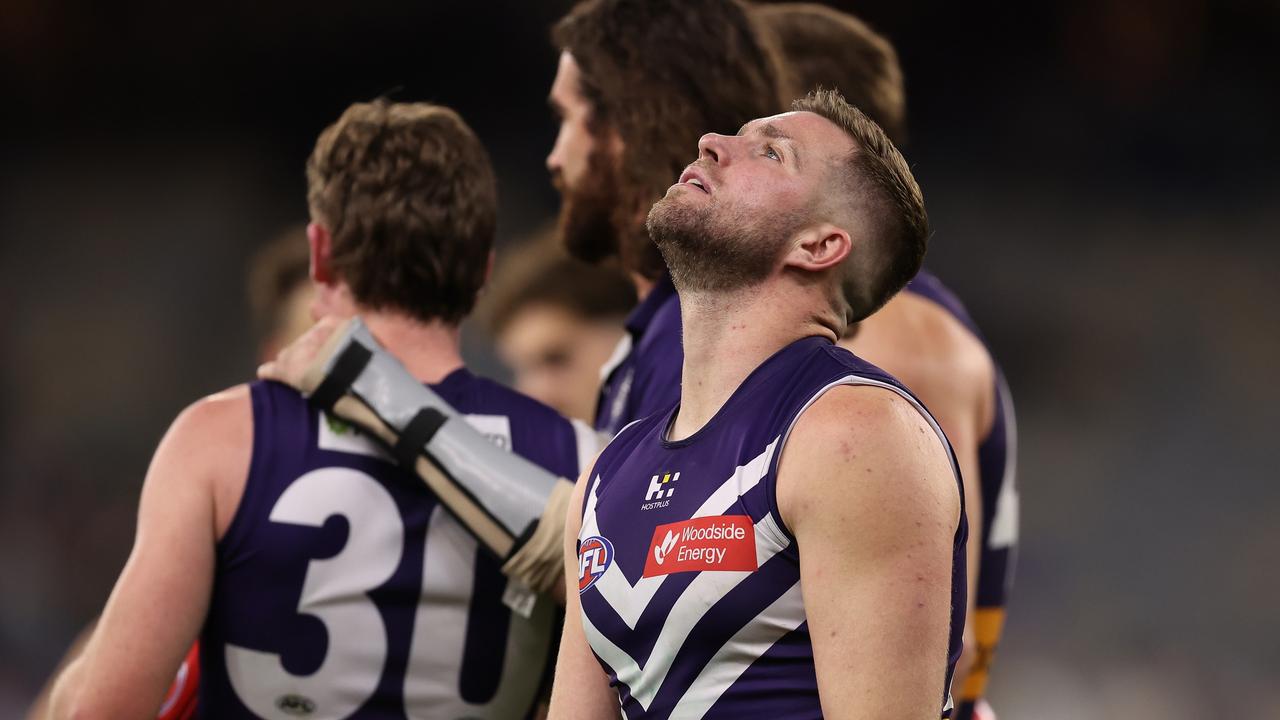AFL players must defend first and know how to win one-on-one contests, writes Mick Malthouse
SEVERAL matches this season have been won on the back of one supreme quarter. MICK MALTHOUSE says one key thing could have proved the difference.
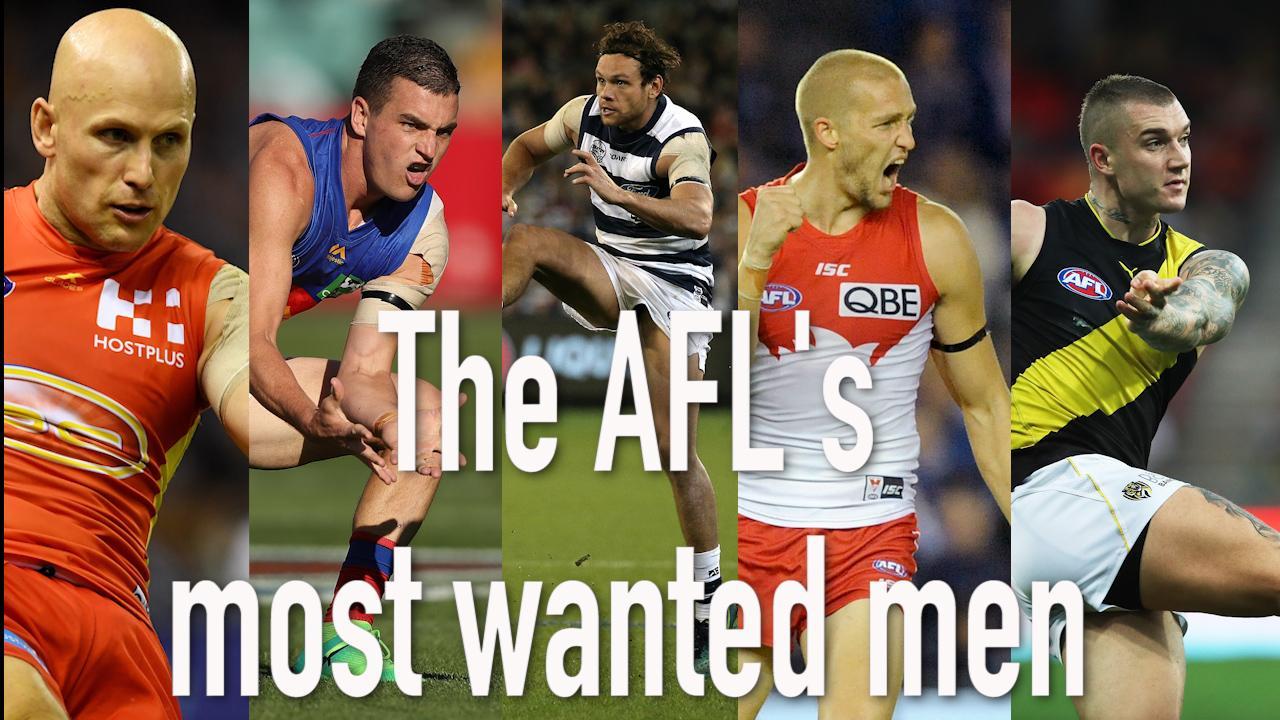
AFL News
Don't miss out on the headlines from AFL News. Followed categories will be added to My News.
DEFENCE has been part of military strategy for thousands of years, and part of sport for over a century.
I have a fear though that the zone being played in current-day football is robbing players of learning the fundamental skill of being able to win one-on-one football.
NO FEAR: PETREVSKI-SETON’S INSPIRING PATH
And further to that, it has almost made the tagger extinct.
“The supreme art of war is to subdue the enemy without fighting.” - Sun Tzu
Every game played last weekend was won on the back of a single supreme quarter.
Meaning, that when one team grabbed the momentum and ran with it, the opposition was unable to holt it and wrestle back the game.
The backman’s creed should always be: I win the ball or it becomes a neutral ball. In other words, there should be no give in allowing his man to receive the football.
Unfortunately, I see young defenders coming through the ranks these days who have little capacity to win the one-on-one contest because it hasn’t been practised enough, even from junior levels.
There are exceptions to the rule. Collingwood’s Henry Schade, who has been dropped by the Magpies for Sunday’s game, and Blue Caleb Marchbank are two absolute beauties.
They are genuine old-style key backs who have learnt the trade of playing on bigger forwards and how to nullify their game with physical pressure.
They are up there with Richmond’s Alex Rance, Cat Tom Lonergan, and one of my favourites to watch, Gold Coast’s Steven May. Defenders who are unrelenting in denying their opponent the ball.

But we need more of them.
While the zone is good policy, and obviously works for clubs with talent depth, excellent execution and pressure in attack, too many players are lacking skill in the ability to win the one-on-one contest because they aren’t being taught how.
Guy McKenna was criticised for not implementing a zone in his early years as coach of the Gold Coast Suns, when he was in fact teaching his young team how to defend the correct way from his experience as a backman. He taught them the most valuable of lessons: how to beat your man in an isolated contest.
Our game’s culture of defend at all costs began with the great Len Smith, who passed his philosophy down to Norm Smith, before it became part of the psyche of Alan Jeans and John Kennedy.
From them I worked off the notion, if you can’t get it, don’t let them have it.
Defend when it’s your turn.
It’s a legacy we must continue or risk moving too far from the origins of our unique code of football.
And herein lies another issue, where are all the taggers?
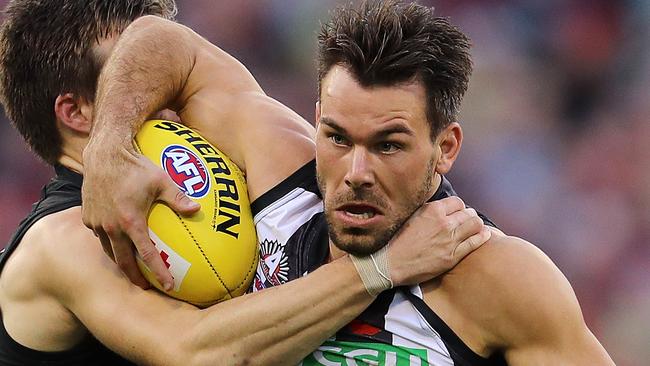
A game of football is won or lost through the midfield. Win this battle and your forwards get good supply, lose it and your backs are exposed and forwards starved.
Most scores from turnovers are committed near or in the corridor.
So it is imperative that you minimise the impact of the opposition’s best midfielders. If there are two or three of them, limit one by getting him into a position where he cannot influence the game.
The best way to do this is with a tagger. A genuine, bona fide stifler. Cameron Ling and Paul Licuria are the best examples from modern day football of how a tagger can shut down a dangerous opponent. They were also equally capable of racking up disposals themselves.
Tagging is an art. I would hate for it to become a lost art.
You have to train a player to take up the tagging role. They must have a strong mind, because the focus and concentration that is needed is extraordinary. They cannot switch off, not for a second, or their opponent will get away and break the game open.
They must be physically capable of running out an entire game, covering kilometres by the end of the match; while also having the strength to go head-to-head with their man.
And they must be prepared to sacrifice their natural instincts, because they are there to react to their opponent and work off him to create their own play.
It’s a tough gig. Perhaps the toughest one around. But when it’s done right, on the right opponent, it can be the difference between winning and losing a match.
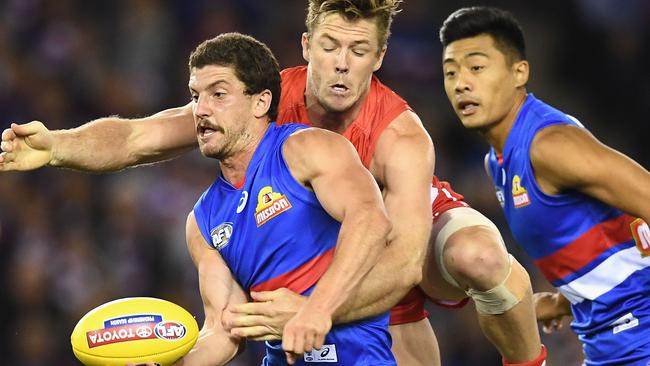
It’s hard to even name current day taggers because they are used so sparingly, however Collingwood’s Levi Greenwood is a standout.
His domination of Joel Selwood in Round 6, keeping the Geelong star to just 17 disposals and goalless, was magnificent and, quite frankly, a big reason why the Pies won so convincingly.
In comparison, Patrick Dangerfield’s 36 lethal disposals and four goals helped to down the Dogs in round 9 because the Cats midfielder was left free to do what he wanted.
The Bulldogs have tagging options in Tom Liberatore, who they chose not to play, and Mitch Wallis, who was returning from injury, but this highlights the impact players such as Dangerfield (and Selwood — 29 disposals and 1 goal) can have on a game without a tagger pressuring him.
It was again highlighted on Thursday night when Geelong scraped home against Port Adelaide.
While the game was tight and physical, like a collective tag, the dying minutes showed how players such as Dangerfield can break a game open in a split second.
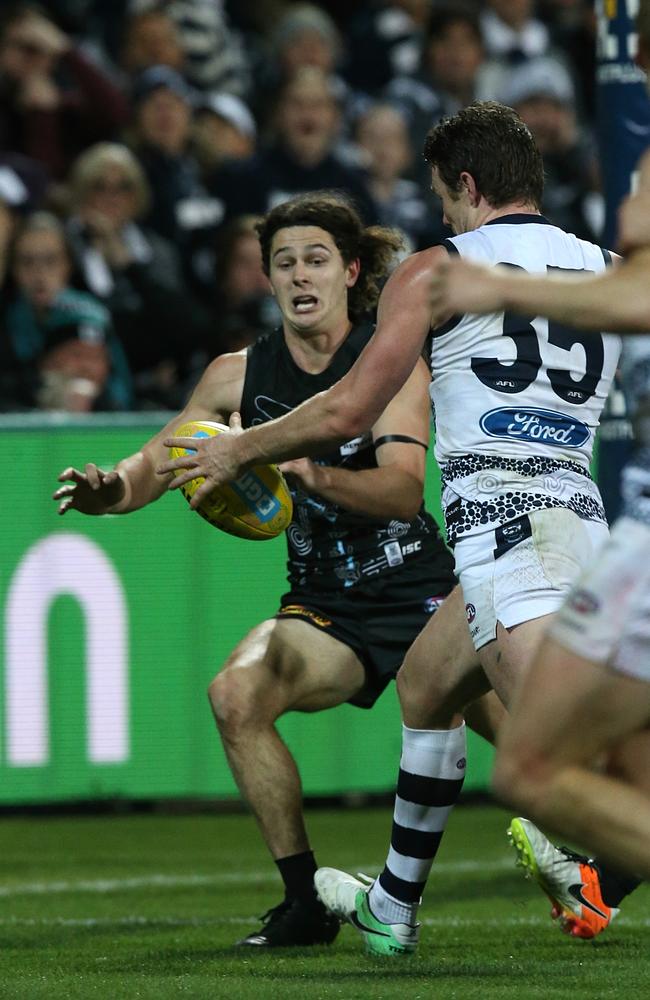
A single tagger would have been responsible for curbing his impact.
When I was at West Coast I had a heavy artillery of taggers — Don Pyke, Dwayne Lamb and Drew Banfield, who always took the opposition’s best player. At Collingwood I used Licuria in the same role.
In my later years at the Pies a tagger wasn’t as necessary because our midfield ran deep with defensive and offensive talent. And this is the thing; if your opposition isn’t hurting you then there isn’t a need for a tagger.
But if they are and you need to stop the influence of a particular player, then a tagger is your perfect weapon.
In this Sunday’s games, I don’t see a tagger being used in any of the three games because that’s how uncommon it has become to use one.
But, if pushed, Greenwood could run with Dane Beams in the Collingwood-Brisbane clash. Ed Curnow, who has had some success as a midfield tagger, could take Shaun Higgins in the Carlton-North Melbourne game.
In the end, the best attacking sides still have a good defensive structure, because the best form of defence is to have the ball, however you win it, however you keep it.
Originally published as AFL players must defend first and know how to win one-on-one contests, writes Mick Malthouse

